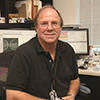Taking Measure
Just a Standard Blog
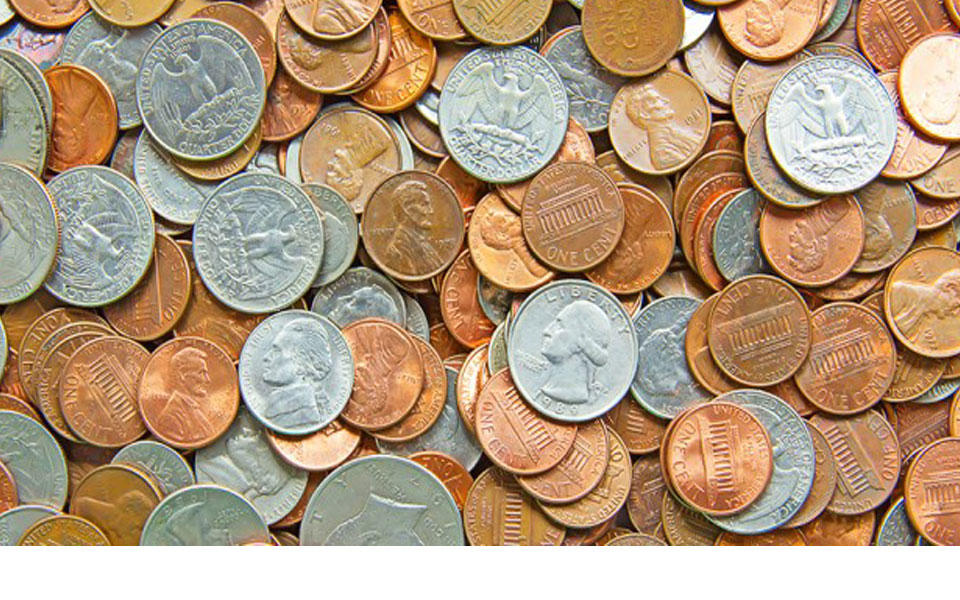
Put your hands together. Now move them back and forth to rub them against each other. Feel that heat? That’s from friction. No matter if it’s between siblings or the gears of an engine, we usually think of friction as a bad thing, and often it is. Whether we’re talking about relationships or engines, friction can cause things to heat up, wear down, and eventually break apart. To fight friction, we apply lubricants like oil (though I wouldn’t advise doing so to your siblings, it will probably just make things worse).
Lubricants coat interacting surfaces and make it easier for them to slip past each other. There’s a whole scientific and engineering discipline dedicated to the materials science, chemistry, physics and mechanics of friction, wear, and lubrication called tribology, which comes from the Greek word tribos—to rub. Tribologists like me are usually trying to save people money by keeping things from wearing out, but our skills can come in handy when people are making money, too.
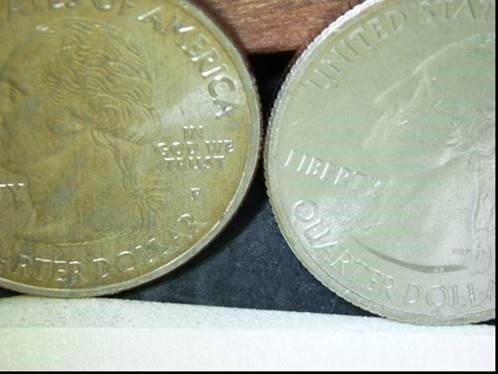
Case in point: Back in 2005, I got a phone call from Tony Ying at the U.S. Mint in Washington, D.C. Tony and I were former colleagues in the tribology group at NIST in the late 80s when he was working on his Ph.D. in materials engineering at the University of Maryland, and I was finishing up my Ph.D. in chemical engineering at Penn State. Anyway, Tony had a problem that was rubbing him the wrong way—they were sometimes getting inconsistent finishes on their circulating coins, and he suspected that their lubrication process during coin production might be to blame. He was looking for a way to measure the lubricant left on the parts after minting. Fortunately, I had just developed a sensitive FTIR (Fourier Transform Infrared) spectroscopic method for accurately measuring extremely thin (nanometer-scale, billionths of a meter) lubricant films on hard disk surfaces, so I offered to help him analyze his coins. Over the next few years, we collaborated on making measurements on coins, blanks (the featureless metal discs that ultimately become coins), and dies (the hard metal parts used to strike the blanks to make the features on the coins).
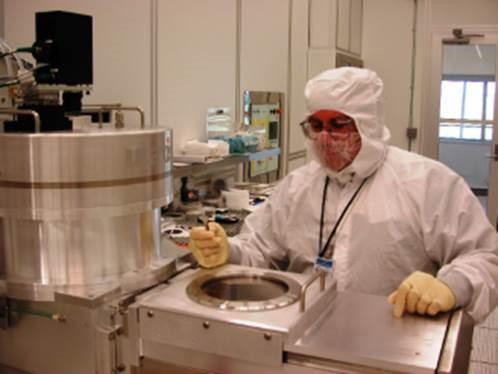
Most of the time it was fairly routine, but every so often Tony would throw in a wrinkle or two—like the time he asked if he could bring in some actual production dies from the U.S. Mint—oh, and by the way there will be two armed guards coming along, and they will have to escort the parts at all times. The labs where I work are buried 12 meters underground in a cleanroom facility designed to help preserve the sensitive measurements we make. We even have to wear special clothes to work in there. It was a funny sight having armed guards dressed up in “bunny suits” watching us run our experiments.
Eventually, we figured out what was happening to the coins during minting—the lubricant was too thick and was causing a buildup on the dies that was limiting their lifetimes and damaging the coins. Tony proposed some novel solutions to try out both in his facility in Washington, D.C., and eventually at the full-scale Mint production facilities in Philadelphia and Denver.
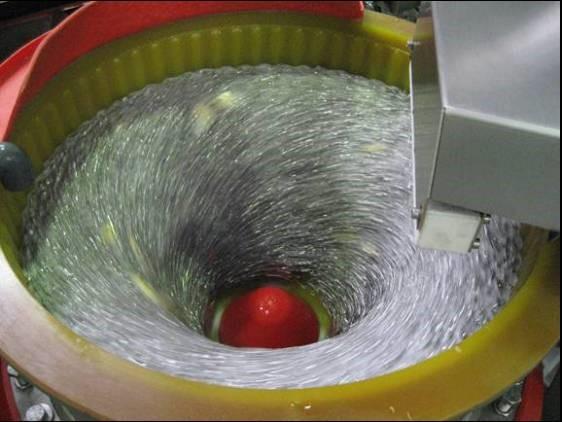
The key to the process was to create a lubricant layer that was “just right”—not too thick and not too thin. The innovation was to burnish the coin blanks to create tribochemistry—special chemical reactions caused by rubbing. Just like Aladdin’s rubbing of the lamp made the magic genie appear, burnishing of the blanks creates chemical magic on the surface and causes an ultra-thin layer of lubricant to bond to the surface of the blank where it protects through the single strike of the die necessary to produce the finished coin.
It took a few more years of effort for testing and optimization, but eventually we had a new monomolecular (that’s one molecule thick) lubrication process that not only improved the quality and finish of the coins, but also increased the life of the die by 300 percent. The U.S. Mint now produces billions of coins, and saves more than $2 million, every year using this process.
Whenever I get loose change on a purchase, I have to admit a certain personal satisfaction knowing that I played a small part in making those coins and that my work here at NIST literally touches everyone in the United States.
About the author
Related Posts
Comments
- Reply


